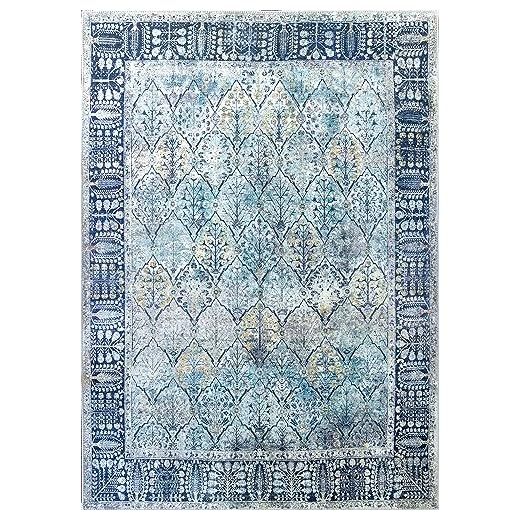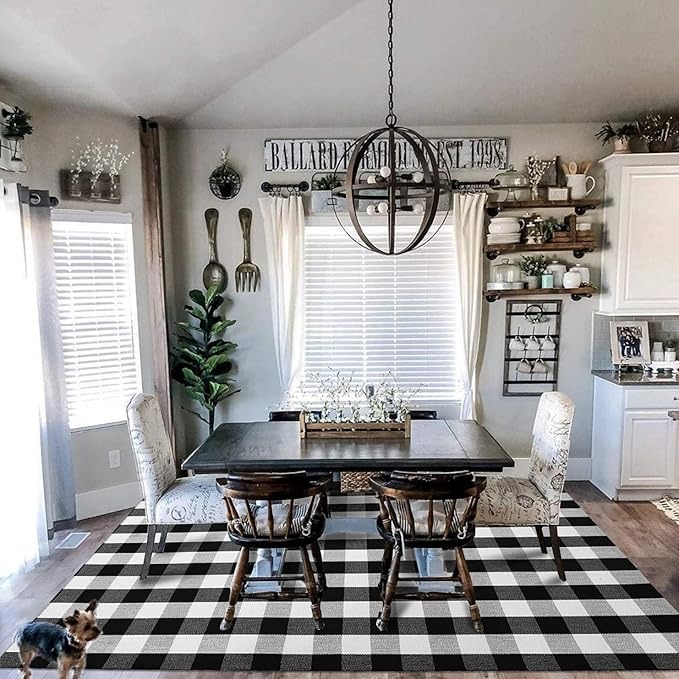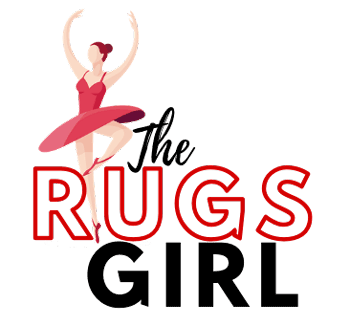Rug Identification App: How to Find Out the Origin and Value of Your Rug
Are you curious about the history and quality of your rug? If you want to know the quality and type of rug, then you might be interested in a rug identification app that can help you identify your rug using your phone’s camera.
A rug identification app is a software application that uses image recognition technology to analyze the features and patterns of your rug and provide you with information such as the origin, material, style, age, and value of your rug.
In this article, we will explain how a rug identification app works, how to use it, and what benefits it can offer you.
How Does a Rug Identification App Work?
A rug identification app works by using your phone’s camera to scan your rug and compare it with a database of thousands of rug images. The app uses artificial intelligence and machine learning to recognize the characteristics of your rug, such as the color, shape, size, weave, knot density, design, and motifs.
The app then displays the results on your screen, showing you the name, origin, type, and description of your rug. Some apps can also estimate the value of your rug based on its condition, rarity, and market demand. Some examples of rug identification apps are:
- Serafian’s Rug Visualizer: This app lets you see how different rugs look on your floor using augmented reality. You can browse through hundreds of rugs from Serafian’s online store and place them virtually on your floor.
- Pinterest: This app is not only a social network for sharing ideas, but also a visual search engine that can identify objects by picture. You can take a photo of your rug, and Pinterest will find links and pages for similar rugs.
- Snapchat: This app is known for its fun filters and stickers, but it also has a feature that can identify various products using AR technology.






How to Use a Rug Identification App?
Using a rug identification app is easy and convenient. All you need is a smartphone with a camera and an internet connection. Here are the basic steps to use a rug identification app:
- Download the app of your choice from the App Store or Google Play Store.
- Open the app and grant it permission to access your camera.
- Place your rug on a flat surface with good lighting and no obstructions.
- Point your camera at your rug and tap the screen to take a photo or scan it in real-time.
- Wait for the app to process your image and display the results.
- Review the information about your rug and explore the links or options provided by the app.
Best Rug Under Dining Table
EARTHALL Cotton Buffalo Checkered Area Rug

It is made from cotton: This is a very durable and easy to clean rug material for high traffic places. The dining table is a high traffic area which makes this rug an ideal choice.
Hand-woven: Handmade rugs are often very durable and unique. That means this rug will serve you for many years. Discover which country makes the best rugs, especially those which are hand-woven on that post.
Farmhouse checkered design: This patterned design makes this rug easy to blend with many home decor patterns. It also makes this rug versatile such that apart from the dining area, it can also be used in outdoor spaces, living rooms, kitchen, laundry rooms, entryways, and bedrooms among other spaces in your home.
The fabric: It comes in several color shades-blue, white, gray, red, blue, and black among others. The fabric is also non-fade, durable and easily washable.
Grace period: After you buy the rug, you shall have a 30-day money-back guarantee period where you are allowed to return the rug if you don’t like it.
What Are the Benefits of Using a Rug Identification App?
Using a rug identification app can offer you several benefits, such as:
- Learning more about the history and culture of your rug. You can discover where your rug came from, who made it, what techniques they used, what symbols they incorporated, and what stories they told through their art.
- Appreciating the quality and craftsmanship of your rug. You can find out how fine and dense the knots are, how durable and soft the material is, how vibrant and natural the colors are, and how intricate and unique the design is.
- Evaluating the value and marketability of your rug. You can get an estimate of how much your rug is worth based on its condition, rarity, and demand. You can also find out where you can buy or sell similar rugs online or offline.
- Enhancing the beauty and style of your home. You can find inspiration for decorating your home with rugs that match your taste and personality. You can also experiment with different rugs on your floor using augmented reality.
Frequently Asked Questions About Rug Identification
Here are some common questions that people have about identifying their rugs:
How Do I Identify a Rug?
To identify a rug manually, you need to examine its backside carefully. The backside of a rug reveals clues about how it was made and where it came from. Here are some things to look for:
- The weave: The weave is the way the threads are interlaced to form the fabric of the rug. Handmade rugs have irregular weaves that show individual knots tied by hand. Machine-made rugs have uniform weaves that show no knots or loops.
- The material: The material is the type of fiber used to make the threads of the rug. Natural materials include wool, silk, cotton, jute, and hemp. Synthetic materials include nylon, polyester, acrylic, and polypropylene.
- The tag: The tag is a label attached to the backside of the rug that provides information such as the size, material, country of origin, and knot count of the rug.
How Can You Tell the Origin of a Rug?
To tell the origin of a rug, you need to look at its design and motifs. The design and motifs are the patterns and symbols that decorate the rug and express its meaning and purpose. Different regions and cultures have different styles and traditions of rug making. Here are some examples:
- Persian rugs: Persian rugs are made in Iran and are known for their intricate floral and geometric designs, rich colors, and high knot density. They often feature medallions, borders, arabesques, palmettes, and animals.
- Turkish rugs: Turkish rugs are made in Turkey and are known for their bold and simple designs, warm colors, and low pile. They often feature geometric shapes, stripes, stars, diamonds, and tribal motifs.
- Moroccan rugs: Moroccan rugs are made in Morocco and are known for their abstract and minimalist designs, bright colors, and shaggy texture. They often feature diamonds, zigzags, checkerboards, and symbols of protection.
How Do You Know If a Rug Is Valuable?
To know if a rug is valuable, you need to consider several factors such as its age, condition, rarity, quality, and demand. Here are some guidelines:
- Age: Older rugs are usually more valuable than newer rugs because they have more history, character, and patina.
- Condition: The condition of a rug refers to its physical state and appearance. A rug that is clean, intact, undamaged, and free of stains, holes, tears, or fading is more valuable than a rug that is dirty, worn-out, damaged, or discolored.
- Rarity: The rarity of a rug refers to how unique or uncommon it is.
- Quality: The quality of a rug refers to how well it was made and how fine its materials are. A rug with a high knot density, a soft and durable material, a vibrant and natural color, and an intricate and original design.
- Demand: The demand for a rug refers to how popular or desirable it is among buyers and collectors. A rug that has a high demand is more valuable than a rug that has a low demand. Demand can vary depending on trends, tastes, preferences, seasons, locations, and markets.
How Do I Know If My Rug Is Persian?
To know if your rug is Persian (made in Iran), you need to look at its backside for clues such as:
- The weave
- The material
- The tag
Final Thought
A rug identification app can be a useful tool for anyone who owns or loves rugs. It can help you learn more about your rug’s origin, quality, value, and style. It can also help you find new rugs that suit your taste and budget.















